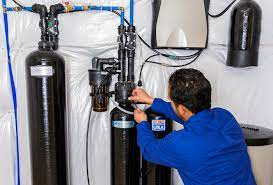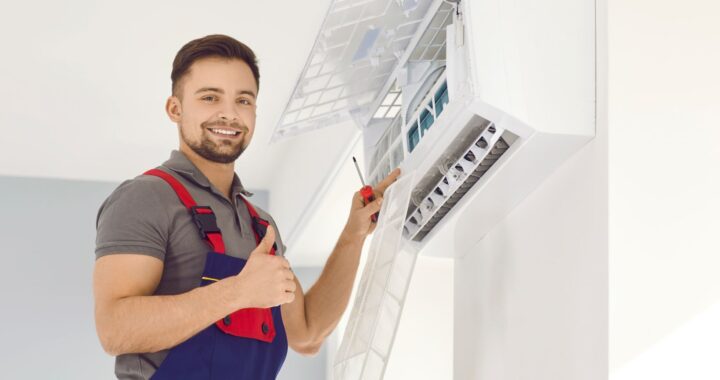Installing a Water Softener

Is a great way to improve the quality of your water. There are many different types of Water Softeners on the market, so it is important to do your research before purchasing one. This guide will help you choose the right Water Softener for your home and provide instructions on how to install it.
There are two main types of Water Softeners: salt based and salt-free. The main difference between these is that a salt based Water Softener has to be manually filled with salt, while a salt free Water Softener uses magnets to reduce the minerals in your water. Although these two types of Water Softeners generally come with similar installation instructions, it is important to pay attention to the specific instructions for your model.
How to install water softener
If you live in an area with hard water, you know how frustrating it can be. Not only does hard water leave spots all over your dishes and fixtures, but it can also cause a build-up of scale in your pipes, appliances, andeven your body. Installing a water softener is the best way to combat the negative effects of hard water and make your home more comfortable and efficient. In this blog post, we’ll walk you through the steps of installing a water softener in your home.
Installing a water softener can seem daunting, but it’s really not that difficult. In this blog post, we’ll walk you through the process step-by-step.
What is a water softener and what does it do
A water softener is a device that is installed in your home to reduce the effects of hard water. It does this by removing the minerals that cause scale buildup and other problems, such as spots on dishes and fixtures.
The first step in installing a water softener is to choose which type of system will work best for your home.
The benefits of having a water softener
In your home include cleaner dishes and appliances, reduced buildup of scale in pipes and fixtures, and improved water quality for drinking and showering.
Once you have chosen the type of water softener that works best for your home, you can begin the installation process. The specific instructions will vary depending on which type of system you are installing, but generally the steps will involve connecting the softener to your home water system, filling it with salt or other softening compounds, and setting up a maintenance schedule.
If you are thinking about installing a water softener in your home, be sure to do your research ahead of time and to follow all of the manufacturer’s instructions carefully.
How to install a water softener in your home
Do you have hard water? If so, a water softener may be a good option for you. Installing a water softener can help to improve the quality of your water and make it more comfortable to use. In this blog post, we will provide an overview of how to install a water softener in your home.
Installing a water softener in your home can be a great way to improve the quality of your water and extend the life of your appliances. In this blog post, we will walk you through the steps needed to install a water softener in your home. We will also provide some tips on how to choose the right water softener for your needs.
Maintenance and care for your water softener
Once your water softener is installed, there are some additional steps that you should take to ensure that it continues working properly. These include performing regular maintenance tasks, such as adding salt or other softening compounds to the system, checking and replacing filters, and monitoring your water quality. Understanding how to properly care for your water softener will help you to get the most out of your system and ensure that you continue to experience all of the benefits of having soft water in your home.

 How to Plan and Budget for Major Home Renovation
How to Plan and Budget for Major Home Renovation  Repairs to Make Before Selling Your Home
Repairs to Make Before Selling Your Home  5 Reasons to Upgrade Your HVAC System Before Winter
5 Reasons to Upgrade Your HVAC System Before Winter